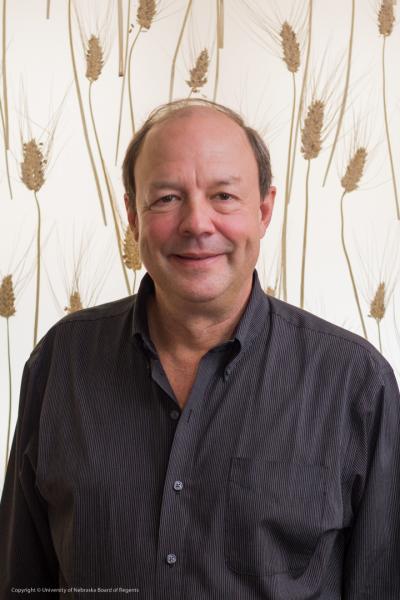
Christopher Neale, director of research of the University of Nebraska's Robert B. Daugherty Water for Food Institute, will present "Monitoring Invasive Vegetation Species in Western Rivers and Wetlands Using High-resolution Airborne Remote Sensing" at 3:30 p.m., Dec. 2 in the Hardin Hall auditorium (room 107). The seminar is free and open to the public.
This presentation will describe the use of high-resolution airborne multispectral imagery and LiDAR data to map and monitor river corridors and wetland systems in the western United States with particular emphasis on identifying invasive species such as Salt Cedar, Russian olive and Phragmites. Multiple examples of projects and results will be described including the mapping of larger rivers such as the middle Rio Grande, New Mexico and desert Rivers such as the Mojave River, California and Canyon de Chelly, Arizona. The use of this technology to map wetland systems within the Great Salt Lake ecosystem will be covered along with the methodology being used for classification and identification of habitat types for the purpose of monitoring wetland mitigation bank resources.
Neale oversees the institute's research efforts, engaging University of Nebraska faculty in new projects and initiating other partnerships to help address the critical water for food challenges facing our world. He also holds an academic appointment in the University of Nebraska-Lincoln's Department of Biological Systems Engineering and a research appointment in the UNL School of Natural Resources Center for Advanced Land Management Information Technologies (CALMIT).
Additionally, he is president of the International Commission on Remote Sensing of the International Association of Hydrological Sciences.
Neale was previously a professor in the Irrigation Engineering Division of the Civil and Environmental Engineering Department at Utah State University, where he served as a leader in remote sensing and management of agricultural water resources since 1988. He holds a doctorate in agricultural engineering from Colorado State University.